Menstrual Health Study
Understanding menstrual health and (peri)menopause in research & innovation careers.
Home » Menstrual health study
Menstrual Health Study
EDICa identified a gap in research on the impact menstruation (normal and problematic) and (peri)menopause has on research & innovation careers.
EDICa has interviewed more than 50 people with experience of having to manage their menstruation and/or (peri)menopause at work.
The aim of this study is to create inclusive and accessible careers across the research and innovation ecosystem by removing barriers to participation and career development for those who menstruate and/or go through (peri)menopause.
Our first phase of data collection has now closed and we are very grateful to everyone who shared our study and to those who were willing to share their experiences.
We are now working with a number of test sites to co-design interventions bespoke to those organisations. We will work with those test sites for the next 18 months or so to gauge the effectiveness of the interventions identified from the interviews.
We published a report containing a literature review, the methodology of this study, initial findings from the interview stage, and recommendations – see further below.
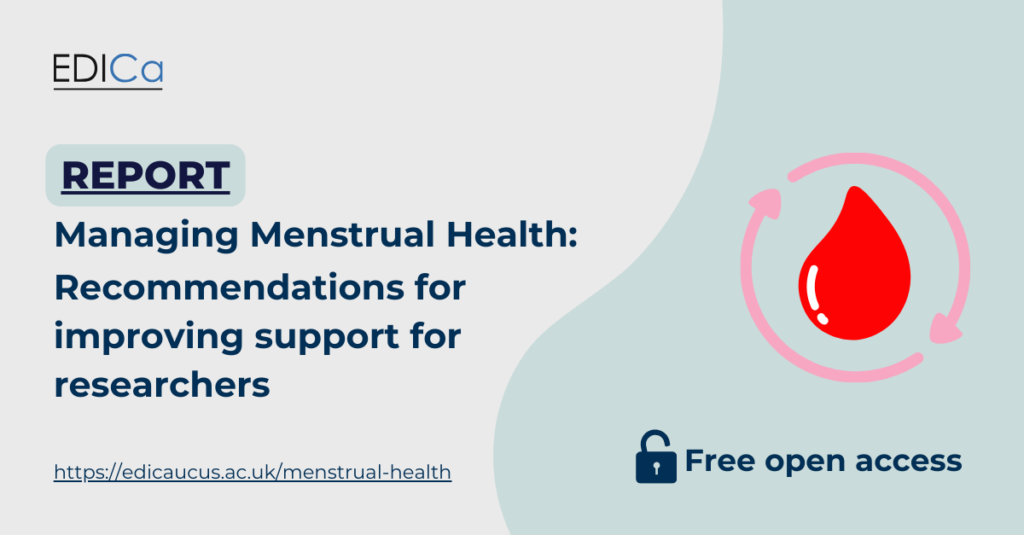
Interim Report on our Research
Download our report to read about our research study and initial findings from the literature review and 55 interviews of lived experience of menstruation and (peri)menopause in research & innovation careers. Experiences come from both office-based, lab-based, and field-based environments.
You can also read our recommendations for improving support at the bottom of this page.
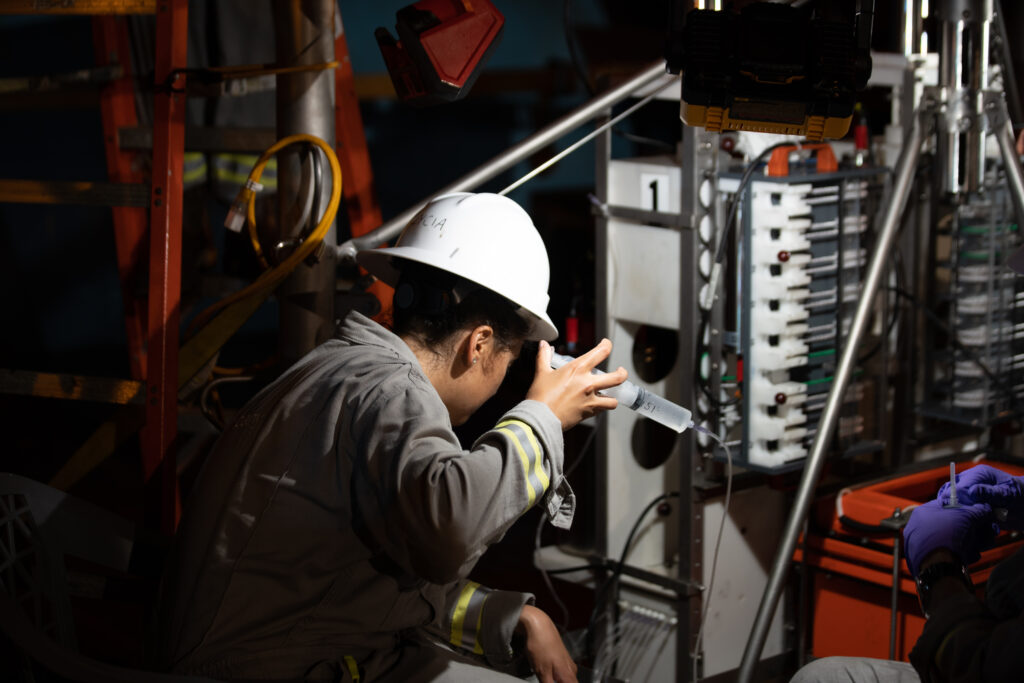
Change the culture
Be part of a change of culture in research and innovation. Download our Top Tips on Menstrual Health at Work.
Seminar on Menstrual Health at Work
In February 2024 EDICa hosted a panel of researchers studying menstrual health at work.
In this seminar EDICa’s Chiara Cocco shared initial findings from our research. Ellie Honan – polar scientist and PhD researcher in snow petrel movement and diet, Vice President of UK Polar Network -shared her work on raising awareness and understanding in this area. Dharma Reyes Macaya – Senior Technician in palaeoceanography and biogeochemistry and PhD researcher shared her experience of menstruation during fieldwork on research ships. Ashmika Motee, PhD researcher, introduced her research on problematic menstruation and remote work environments. Juliet Nwafor, PhD researcher, introduced her research on menstruation in the banking sector of Nigeria. And Gabriella Goodrich, PhD researcher, shared her research project on menstrual health in the hospitality sector.
Organisational level interventions
Below are recommendations for employers to help create more inclusive workplaces for those managing menstruation, stemming from our interviews with more than 50 people working in the research & innovation sector.
Educate and empower line managers to improve their understanding of reproductive health and how to make appropriate decisions that support direct reports who are experiencing challenges in managing their symptoms at work.
Embed the social model of disability to ensure the emphasis is on the removal of barriers rather than the need for individuals experiencing symptoms to change. Doing so will help to reduce absences, by making the workplace accommodating and comfortable for all people to work in.
Organisational policies must be intersectional, to embed the differing needs of those managing menstruation across the life course, including those who are managing multiple conditions.
Collation of accurate data, for example, during key pinch points such as promotion to identify gendered patterns in employment outcomes. It was mentioned that menstrual health should be brought up during performance appraisal.
Organisation wide menstrual health education programme and embed into institution wide equalities and health and safety initiatives. These programmes should aim to normalise menstruation and destigmatise reproductive health, thus achieving cultural change within the organisation. There were suggestions of a ‘menstruation toolkit’ which brings together relevant policies, information, sources of support that should be available to all and appropriately communicated. Assessment of these practices is crucial to evaluate success. Risk assessments should consider reproductive health across the life course and in different organisation settings, such as on fieldwork or in laboratories.
The development and evaluation of menstrual health policies. A number of respondents felt that greater flexibility in their working day would help to facilitate their inclusion at work. Examples of flexibility include menstrual leave, remote working, and flexible working hours. Such flexibility would enable workers to manage their workloads around symptoms.
Ensure that organisations are fully staffed. Respondents felt there were often insufficient staff to complete all necessary tasks resulting in overload and inability to take leave as needed. There were suggestions of a ‘buddy system’ at work which would encourage a fair division of labour. These issues were particularly relevant for short-term projects, making funding bodies responsible for appropriately budgeting for an equitable division of labour.
Clearly defined processes on how to access support and what support is available (or for line managers, how to refer someone for support).
Team or department level interventions
Below are interventions for teams or departments to create more inclusive workplaces for those managing menstruation.
Talk about periods: regular conversations within teams about menstruation and peri/menopause which take into account cultural differences and personal circumstances. An intersectional approach is highly recommended to truly reflect the diversity of experiences. Occupational health teams must have a good understanding of reproductive health across the life course and how it may affect people at work. Further occupational health teams should disseminate information widely across the institution, especially to senior leadership.
Collation of data: ensure that online absence reporting processes include reproductive health (e.g. period pain) as a reason for absence. The absence tracking system should be adapted to accommodate menstrual health absence patterns (e.g. rejection of the Bradford factor, a calculation used in human resource management based on the theory that a high number of short absences is more disruptive than a few long absences).
Provision of equipment and facilities: facilities management teams can ensure that a wide range of menstrual products are available at all times in all toilet spaces. All employees should be made aware of where menstrual products can be accessed. The same applies to people going to fieldwork and working in remote environments, who should be provided with a ‘menstrual pack/toolkit’. In laboratories, personal protective equipment (PPE) should be audited to ensure that fabrics, sizes, structures and colour are compliant with health and safety requirements while meeting researchers’ needs. For example, white uniforms should be swapped with darker colours, if white is not a health and safety requirement.
Individual level interventions
Below are a list of interventions for the individual – whether a colleague or manager. For more on our recommendations, read our full report.
Managers’ responsibility: managers should ensure they have a good understanding of how reproductive health may affect people at work, and foster cultures where such matters can be freely discussed.
Colleagues’ responsibility: if the environment is supportive, openly discuss the symptoms they are experiencing in an effort to normalise menstruation. When conversation is normalised and the environment is supportive, the employee is more likely to effectively carry out their work rather than taking sick leave.
Workload management: agency over tasks and work schedule allows the individual struggling with symptoms to organise their workload to accommodate their condition with work commitments.
Specialised intermediary figure: individuals who are not comfortable with openly sharing personal experiences and symptoms with the team or line managers (e.g. for cultural or religious reasons) should be supported by a mediator. There were suggestions of establishing ‘menstrual health champions’ who hold expertise and lived experience of menstrual health and peri/menopause and would serve as a point of support and contact within the organisation, as well as mediate between employee and employer in relation to menstrual health.
Recommendations for changes to physical work environment
In addition to interventions aimed at improving understanding, reporting and support of (and for) reproductive health for those working in research and innovation, there were recommendations for changes to the physical working environment.
- Adequate toilet provision, including disposal bins for menstrual products.
- Individual toilet rooms with sinks for changing and cleaning menstrual products, and handwashing rather than a communal space.
- First aid boxes to include menstrual products, and pain relief, including hot water bottles, tens machines and teas specifically for period pain (noting that providing medicines is potentially impossible).
- Quiet spaces for rest (also where light and room temperature may be controlled).
- All staff to have an allocated private space e.g. locker for change of clothes.
- Ensuring shower facilities are available and operational in all work environments along with changing facilities that allow privacy.
- Separate changing rooms rather than a communal space.
- Ensure capacity for seating (so researchers and technicians can work sitting down).
- Provision of adequate water and fans to cool down.
- Review of uniforms and PPE, with options for alternatives.
- Embed reproductive health into risk assessments and field work provisions, including what to expect in different cultural settings and what products to bring.
- Provide menstrual health training to supervisors and PIs so that they can offer support to their students and researchers embarking on fieldwork.
- Ensure adequate signage of available toilets and menstrual products and include information about where these are located during induction.
- Period products available in a central location, such as the first aid box, so these can be accessed without discussion and medical approval.
- Spare set of bedding available and appropriately sized washing bag that can be stored in a locker.
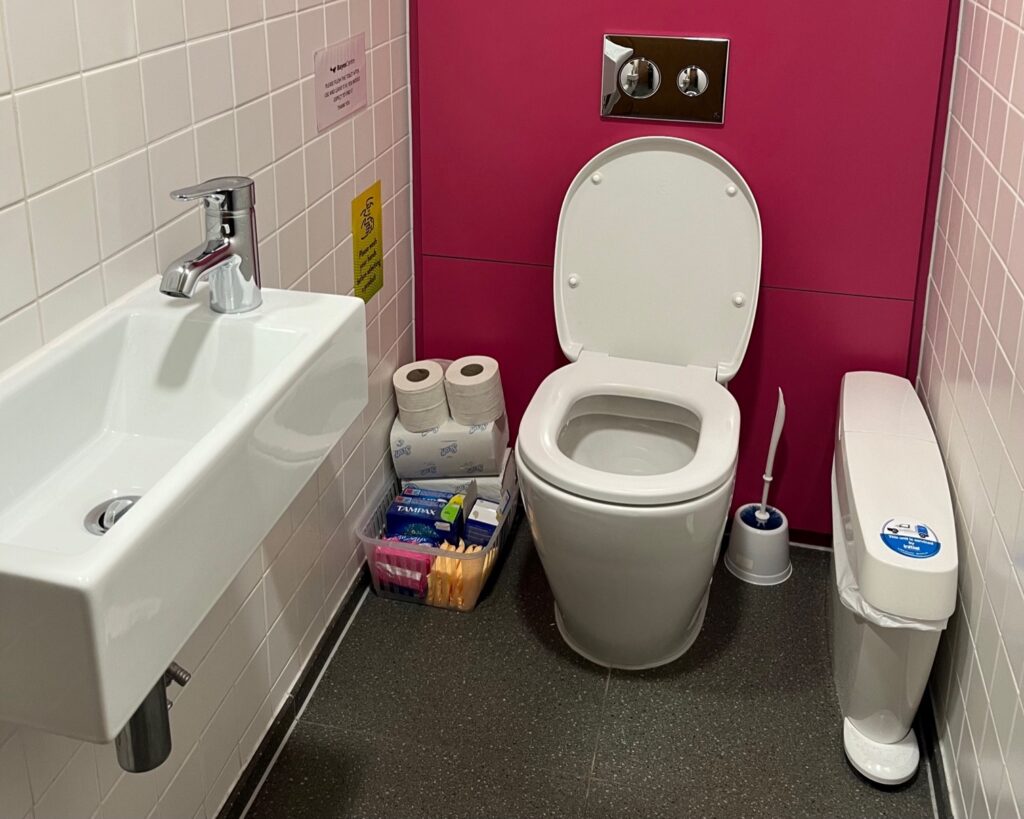
Unisex toilet – enables anyone needing to change pads or tampons, wash out menstrual cups, change pants, all in privacy both visually and audibly.
The importance of toilet accessibility
EDICa’s research touches on the importance of the provision of accessible toilets and menstrual products. A unisex toilet containing a sink is preferable.
As EDICa visits a variety of workspaces where research & innovation is conducted in the UK, we’re also looking at what kind of toilets and menstrual products are provided, where they are in relation to work places, the difference between male, female, unisex/gender-neutral provision, and disabled/accessible toilet provisions.
Check out EDICa’s resources
EDICa hosts a regular blog and seminars, as well as collecting a library of resources of equality, diversity & inclusion practices in research & innovation.
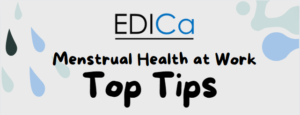
Menstrual Health Top Tips
Published 8 March 2024
Download our poster on Menstrual Health at Work – Top Tips.
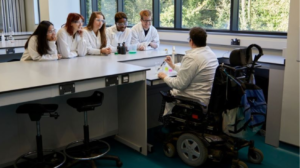
Disability Access Workshop Recording
Date: 15th March 2024
EDICa hosted Dr Katherine Deane and Dan Burrill from U of East Anglia to speak about making universities more accessible. Recording and slides here.
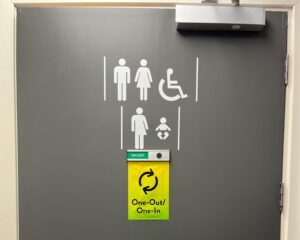
Menstrual Health at Work
Date: 8th March 2024
For International Women’s Day we shared our top tips for supporting menstruation at work, based on our research.




































